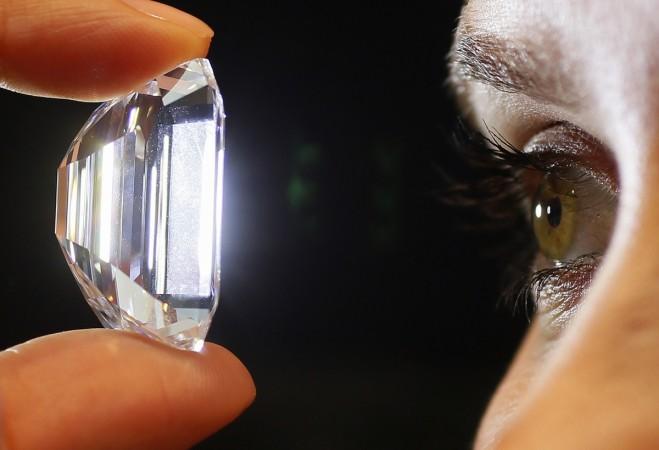
A Chinese team of researchers is busy experimenting on device, using diamonds, which can make quantum code-breaking a possibility in near future. If successful, the experiment will result in a new technology that can put the digital encryption tools protecting banks, governments and the military data to shame.
Quantum physicists in Hefei, Anhui province used a new type of quantum computing device built inside a diamond to break down the number 35 into its factors – the numbers five and seven. The researchers believe that the newly invented process, dubbed "factorization," could one day help crack the complex digital algorithm use in encryption today.
As part of the experiment, the team of researchers led by quantum physicist Professor Du Jiangfeng at the University of Science and Technology of China fired laser and microwave beams at particles locked inside the diamond's "nitrogen-vacancy centre" – an ideal space for subatomic interaction to occur.
According to the researchers, the particles trapped inside the diamond yield the solution in just two microseconds, which is even quicker than a lightning strike.
How powerful a quantum computer could be?
The popular RSA algorithm, which is used by modern computers to encrypt and decrypt messages, makes use of the product of two large prime numbers to encrypt a message. While it's impossible to decode by people who don't know the two prime numbers, even computers with enormous amount of digital computing power will take thousands of years to determine the prime numbers.
However, a quantum computer could theoretically solve this puzzle in just a second. Now that's the computing power researchers all around the world are striving to achieve.
Researchers from the same university also recently claimed that they have built the world's first quantum computing machine, which is said to be 24,000 times faster than its international counterparts.
In a similar experiment, researchers at Sandia National Laboratories in Albuquerque, New Mexico, and Harvard University managed to embed two silicon atoms in a diamond matrix to demonstrate a technique for connecting, or "bridging," quantum computers at an atomic scale.
To make this happen, the researchers used something called an "ion beam implanter" to replace a carbon atom of the diamond with the larger silicon atom. The process ensured that the electrons' responses in the silicon atom are not clouded by unwanted interactions with other matter.
When it comes to the latest Chinese experiment, this was the first time that researchers managed to factorise a number in a stable setting built on solid material. The researchers also claimed that their device was capable of factoring certain types of numbers of six digits or even higher.
"And it is scalable, which is a huge advantage of our system," one of the researchers said.

















